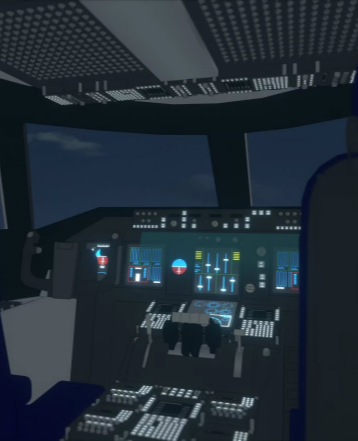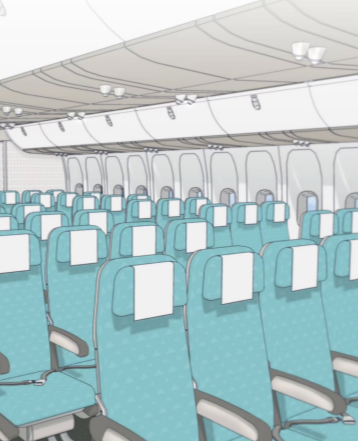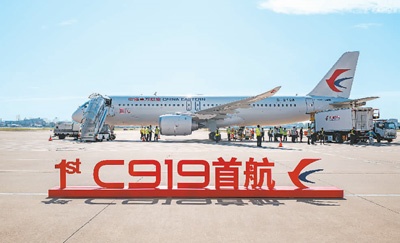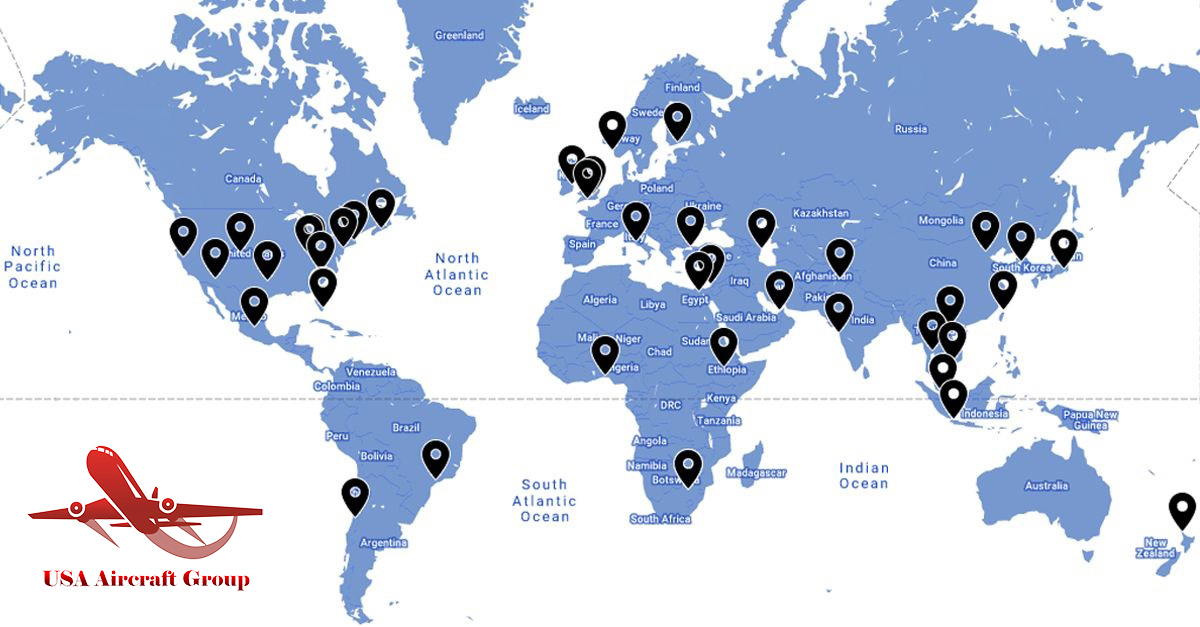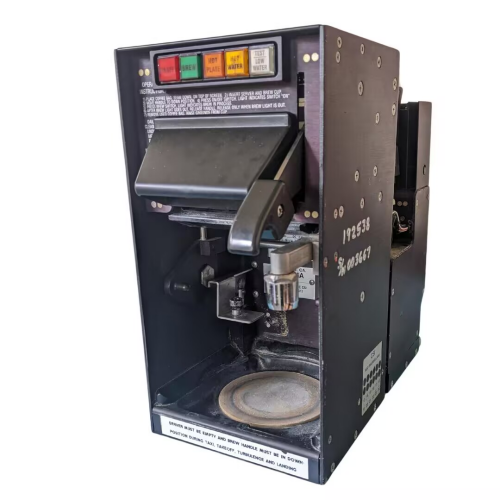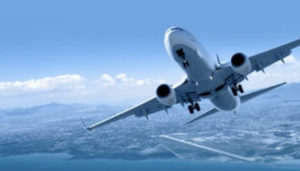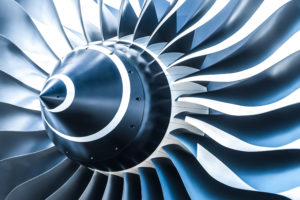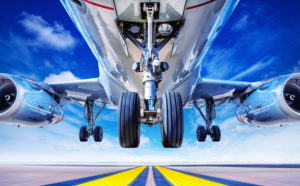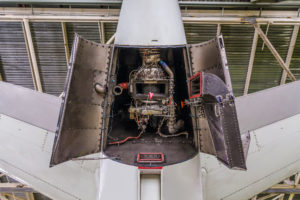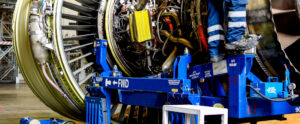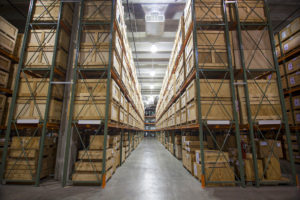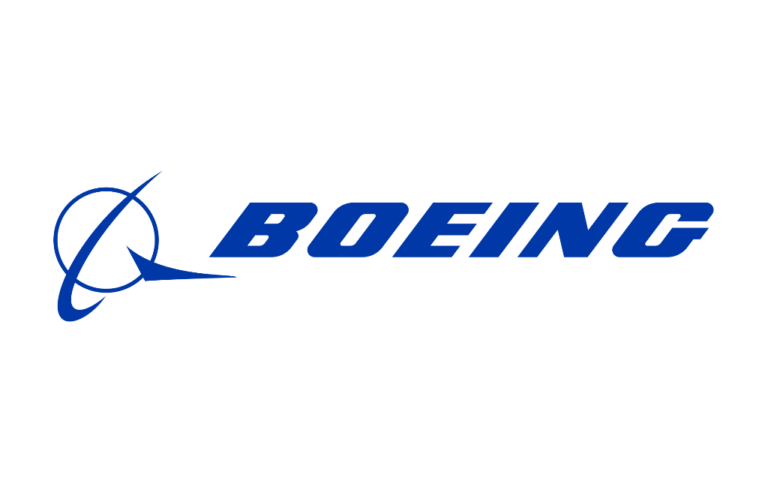Press Releases

Air quality standards for the cabin of civil airliners-USA Aircraft Group Corporation
Date: 2025/3/31
I. Scientific investigation of the air quality of the cabin of the invisible guardian in the height of 10,000 metersIf you have ever felt dry nasal cavity or itchy throat after a long flight, it may not be simple travel fatigue. The air exchange rate of the Boeing 787 airliner has always been controlled at 15-20 times per hour, which is equivalent to completely renewing the air of the entire cabin every minute. This air quality control system, which is similar to the level of the intensive care unit, constitutes an important dimension that is often ignored in the civil aviation safety system.
II. The precise formula of cloud breathing
Modern airliners adopt a hybrid scheme of 50% external fresh air and 50% circulating air. This air treatment technology derived from NASA aerospace technology effectively reduces fuel consumption on plateau routes while ensuring oxygen concentration. Article 121.589 of the Federal Aviation Administration of the United States (FAA) clearly stipulates that the amount of carbon dioxide in the air should not exceed 5000ppm at any stage of flight. I have personally experienced the emergency record of a cross-ocean flight: when the cabin pressure sensor abnormally triggers the backup oxygen supply system, the crew stabilized the oxygen concentration in the cabin at 19.5% safety value within 25 seconds.
III. Technical competition of micro-barriers
High-efficiency particle air filter (HEPA, the protective net formed by it can intercept 99.97% of particles with a diameter of ≥0.3 microns. According to the technical report of Lufthansa, the four-level filtration system used by its A350 fleet can block a variety of pathogens, including influenza viruses, in simulation experiments. However, the actual measurement data of the Technical University of Munich in 2018 showed that the PM2.5 value of some old passenger aircraft at cruising altitude could be three times that of smog days on the ground, which highlights the need for aircraft update and iteration.
IV. International Standard Difference Atlas
The Air Ouality INDEX system of the European Union Aviation Safety Authority (EASA) sets the cabin humidity standard to ≥15% relative humidity, and in the CCAR-25 part of China's Airworthiness Standards for Transport Aircraft, the humidity parameters adopt a dynamic calculation method. When Japan Airlines and All Nippon Airways operate the New Chitose-Pudo route, they will adjust the air circulation mode according to the composition of passengers: the proportion of elderly passengers exceeds 30% of the flights, and the minimum air exchange rate is increased by 15%.
